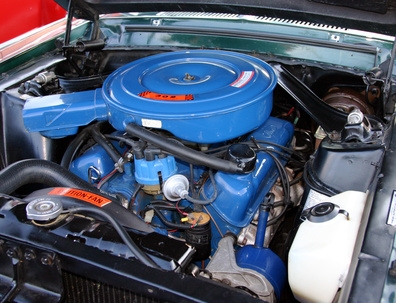
General Motors engines aren't identical. They may appear identical as they sit in the engine bay, but they represent different designs and will not carry exactly the same parts. It's important for the mechanic who works on them to know which engine she's working on. Finding and decoding the engine code is a simple, straightforward process, but the mechanic has to have auto experience.
Open the hood. Remember to bring a cloth to lay on or wear work clothes that can get dirty. You will be getting deep into the engine bay.
The cylinder head, intake manifold and engine will have casting numbers. The engine number is usually toward the rear of the engine, near the transmission. Use a flashlight or shoplight to read it. The head number is usually on the side of the head or under the valve cover. General Motors put the intake manifold number on the top of the manifold, except for in their aluminum manifolds. The number on an aluminum manifold is under the manifold. You must remove the manifold to read it.
Wipe the grease and dirt off. The number may be obscured by road grime and grease, so you may have to use degreaser to uncover it.
Dictate the number to someone outside the vehicle, or jot it down.
Look up the code on the internet or in a shop manual. You may be able to decode a few parts of an engine number. Some block codes contain a date sequence. The first letter will designate the month the engine was cast, with "A" being January, "B" February and so on. The month code will be followed by a number showing the date and another number showing the year. However, almost all engine numbers are complicated to decode. The internet offers a number of websites which list the codes and what they mean.